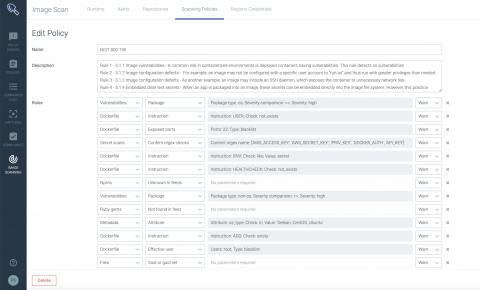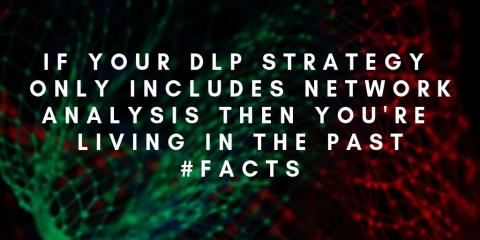Workflow Automation For Compliance
The time-consuming, administratively burdensome compliance process is riddled with potential human errors that can lead to violations. As securing data increasingly relies on proving controls’ effectiveness, the compliance becomes more stressful for everyone in the organization. However, building compliance workflow can streamline the process leading to a more cost effect and auditable outcome.







